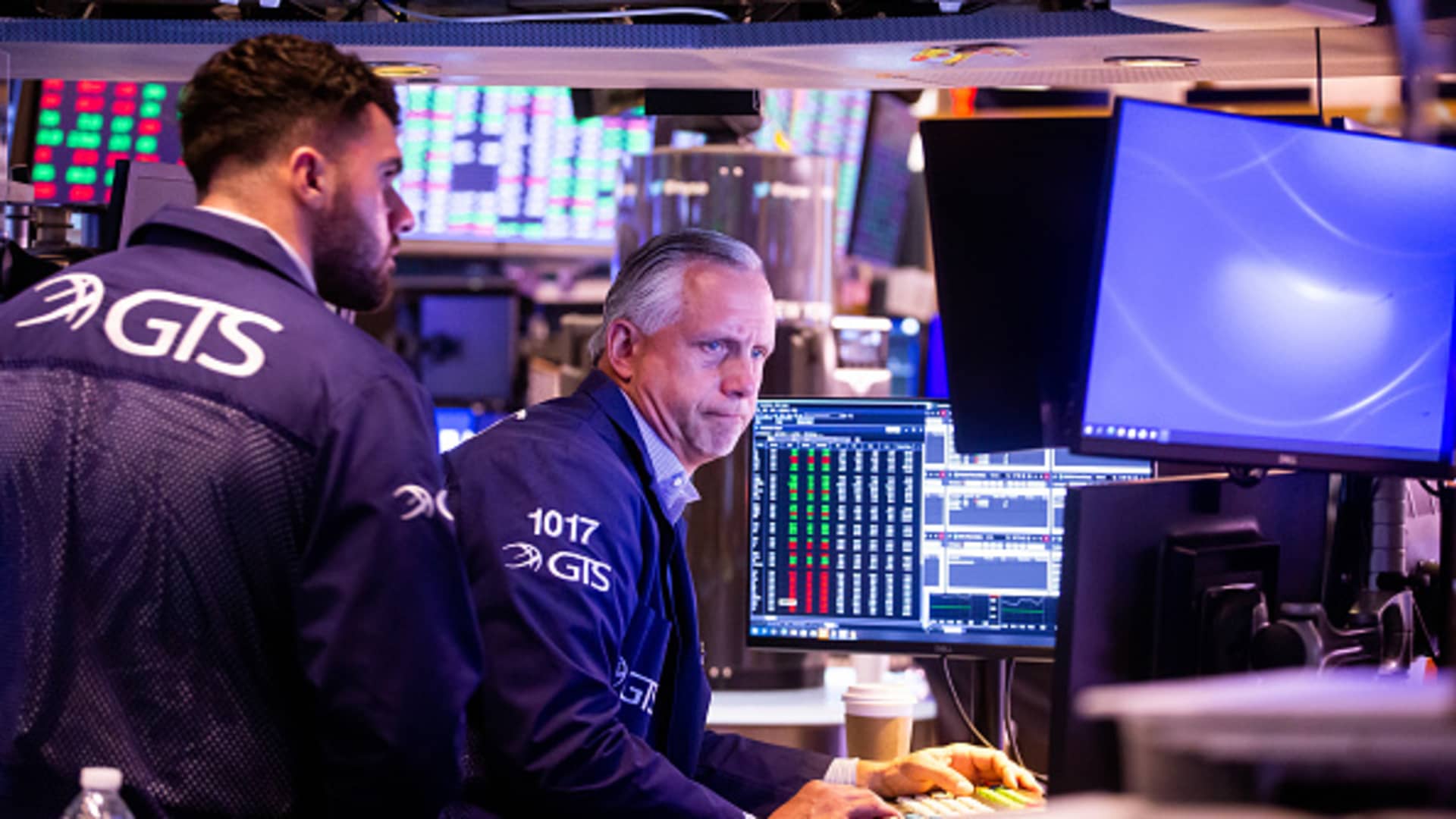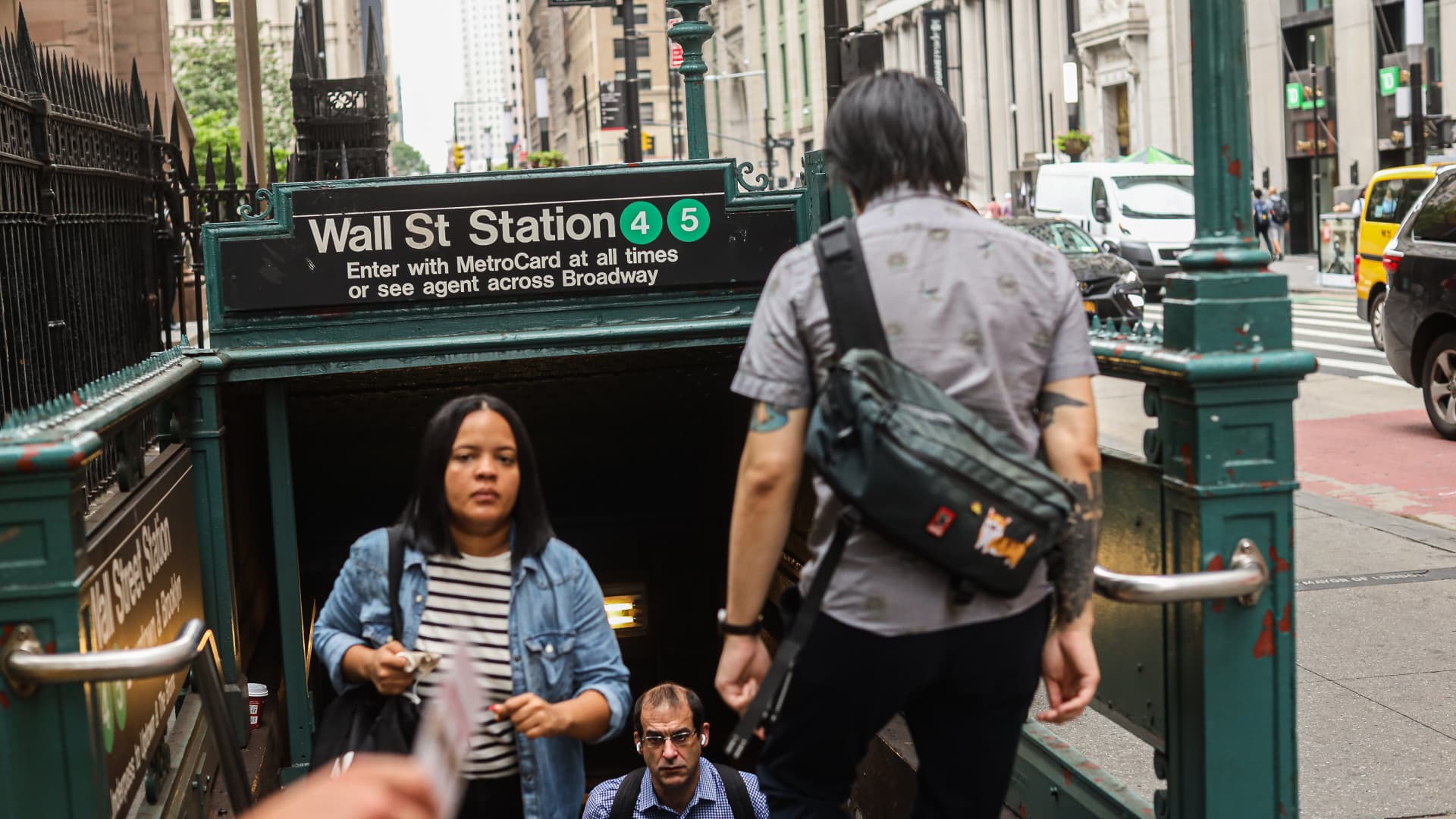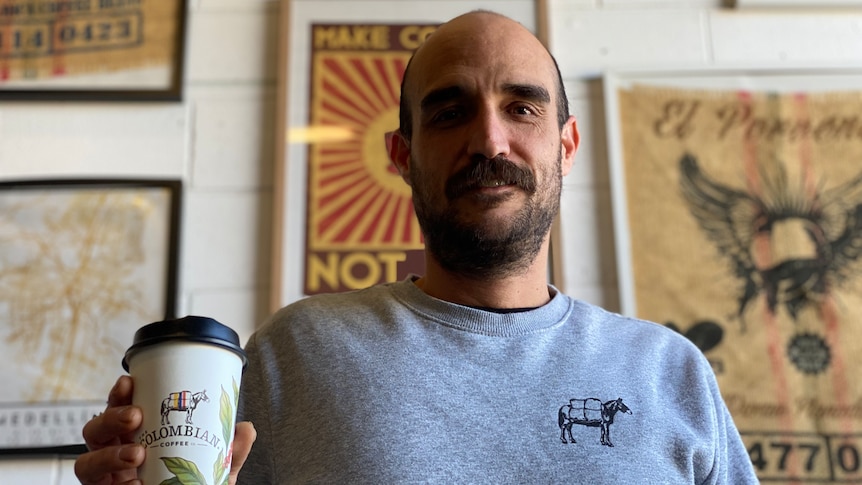President Biden tried to claim Wednesday that the US had “zero inflation” in July hours after federal Consumer Price Index data showed annual inflation dipping only slightly to 8.5%, which outraged Republicans and other critics who pointed out it’s still near a four-decade high .
The latest figures reflected a demand-driven decline in fuel prices — including gasoline, which hit a record national average of $5 per gallon in mid-June before sliding to a still-high $4 average today — that offset increases in the cost of food, rent and other goods and services.
“I just want to say a number: zero,” Biden said in the White House East Room before signing legislation granting greater medical and disability benefits to veterans suffering illnesses linked to inhaling toxic smoke.
“Today, we received news that our economy had 0% inflation in the month of July — 0%,” Biden said. “Here’s what that means: while the price of some things went up — went up last month, the price of other things went down by the same amount. The result? Zero inflation last month.

“But people are still hurting,” the president went on, before repeating: “But 0% inflation last month.”
Biden then proceeded to accidentally step on his own message by urging Congress to pass the Senate-approved Inflation Reduction Act, which he said would keep inflation “from getting better,” a view advanced by Republicans, before correcting himself to say “from getting worse.” .”
Biden’s rosy spin on the latest inflation report was quickly called out as misleading by critics, especially after White House press secretary Karine Jean-Pierre tweeted: “We just received news that our economy had 0% inflation in July. While the price of some things went up, the price of others, like gas, clothing, and more, dropped.”
“The Biden Administration has a tortured relationship with math,” joked Rep. Virginia Foxx (R-NC) on Twitter.

“Ridiculous BS from the White House,” tweeted Sen. Ted Cruz (R-Texas). “There’s 8.5% inflation and basically everything anyone ever buys went up in price. This is just cruel gaslighting from the Biden admin.”
“Either the White House doesn’t understand what inflation is or they just don’t care,” said Rep. Kevin Hern (R-Okla.). “That doesn’t change the pain and hardship that Americans are enduring because of their failed policies.”
“It’s a bogus math trick. This is the overall one-month index change. Overall that means that the big drop in fuel oil and gas (following previous massive monthly increases) swamped the huge increases everywhere else,” tweeted Jeffrey Tucker, president of the Brownstone Institute think tank.
“Using the same tactic, you could also observe a one-month 19.2% increase in electricity! But of course we would not do that because that’s dumb,” Tucker added. “The actual increase is 15.2% which we get from calculating year over year.”
John Cooper, director of media and public relations at the conservative Heritage Foundation, tweeted, “Joe Biden claims, multiple times, that there was ‘zero inflation’ in July. Absolutely false. Year-over-year inflation was 8.5% in July.”
The Bureau of Labor statistics laid the data out in black and white — reporting the highest annual jump in food prices since the 1970s, with a 1.3% bump in at-home food costs from June to July and a 10.9% food-cost jump in the past year.
“The all items less food and energy index rose 5.9 percent over the last 12 months,” the official report said, referring to so-called “core inflation.” “The energy index increased 32.9 percent for the 12 months ending July, a smaller increase than the 41.6-percent increase for the period ending June. The food index increased 10.9 percent over the last year, the largest 12-month increase since the period ending May 1979.”

Overall annual inflation was 9.1% in June, the highest rate since 1981. Critics blame Biden’s policies, including large spending bills, while the White House has blamed an array of other factors — including COVID-19, supply chain bottlenecks and the Russian invasion of Ukraine.
The Federal Reserve has a target of about 2% annual inflation and has been increasing interest rates this year in an attempt to tamp down price increases.
The pending Inflation Reduction Act, which the House is expected to pass as early as Friday, provides nearly $400 billion for environmental programs, including tax credits of up to $7,000 to buy electric vehicles, and roughly $64 billion to extend more generous COVID-19- it was Obamacare subsidies.

The new spending is offset by new taxes on corporations, including a new 15% corporate minimum tax, increased IRS enforcement and by allowing Medicare to directly negotiate drug prices.
Republicans argue new taxes may result in higher consumer costs and point to independent analysis that says the bill won’t reduce inflation.
“The Orwellian named ‘Inflation Reduction Act’ will do no such thing, as a number of prominent experts and economic policy groups have indicated,” Sen. Ron Johnson (R-Wis.) said after the bill passed the Senate. “The Penn Wharton Budget Model, the Tax Foundation, and the Congressional Budget Office all found the bill won’t lower inflation and may make it worse. The IRS would more than double in size, unleashing 87,000 new enforcement agents on American families… [and the] nonpartisan Joint Committee on Taxation says that 78% to 90% of the revenue raised from misreported income would likely come from those making under $200,000.”
.





